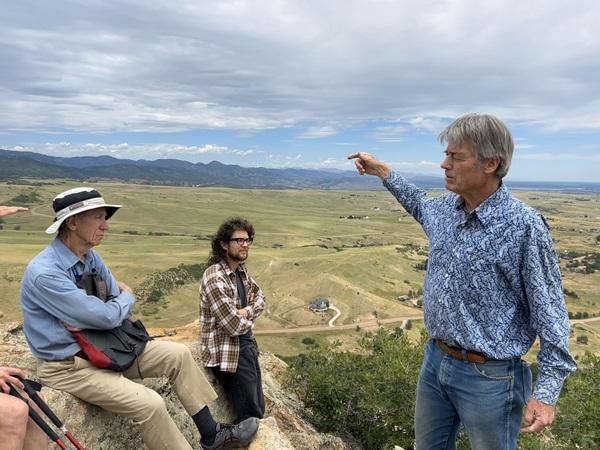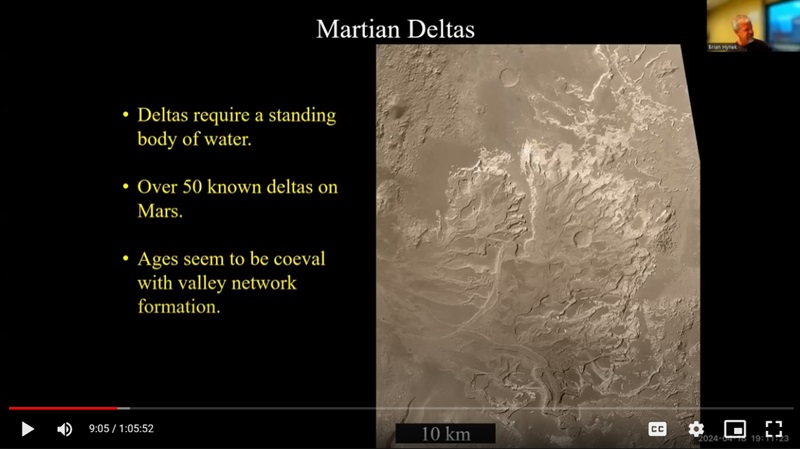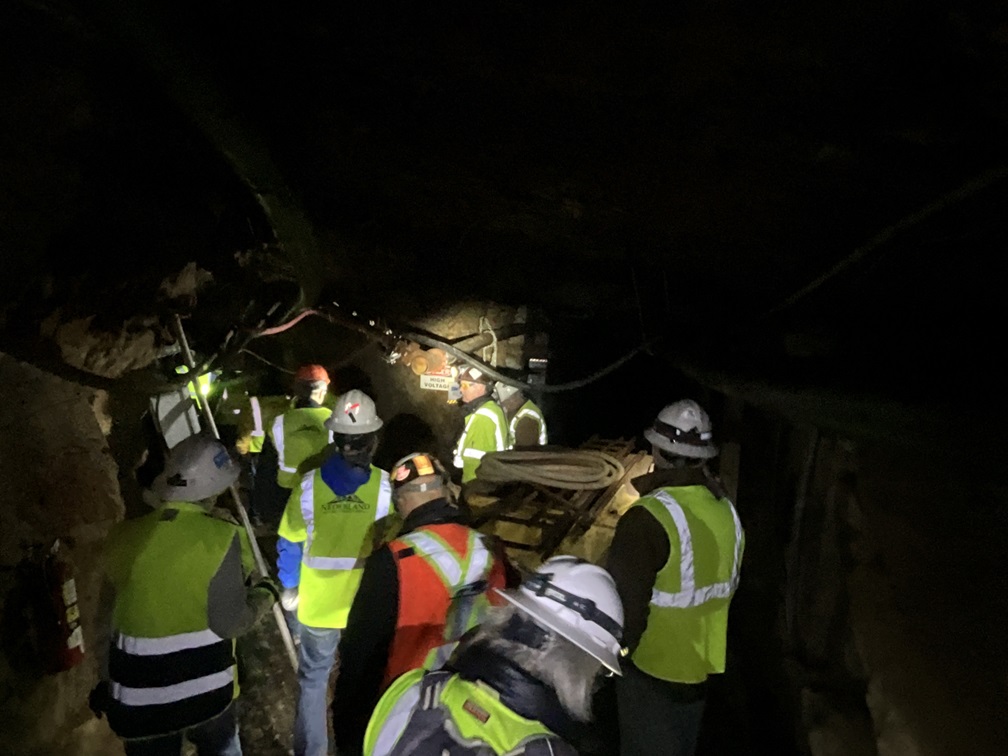
We use donations to supplement funds from membership dues to fund our meetings, field trips, and the CSS grants that help earth sciences students with their research projects every year.
Colorado Scientific Society Meetings
We hold monthly meetings from September through May. (Many of our members do field research during the summer.)
Meeting presentations include: Geology, Paleontology (e.g. dinosaurs), Space Science (e.g. evolution of the solar system and Mars once had rivers and lakes), Ecology, and more.

Our meetings are free and open to the public. They are announced at https://coloscisoc.org
Please look at our website and come to the meetings that look interesting.
You can also join via a Zoom link that is posted before each meeting.
See our our recent Colorado Scientific Society meetings here. We have video recordings of most meetings since 2020. (Click on the green, bold meeting date to bring up the meeting.)
You can also see the recent meetings by selecting Events / Archive of Talks at CSS Meetings from the top menu bar.
Colorado Scientific Society Field Trips
We usually have about two one or more day field trips each year. We also have a few shorter half day trips called “No Moss” gatherings, as in “a rolling stone gathers no moss”.

See our Past Colorado Scientific Field Trips here. (Click on the green, bold field trip date and name to bring up the field trip.)
You can also see the recent field trips by selecting Events / -Past Field Trips from the top menu bar.

Our field trips are open to the public and are often free. Look at our Home and Upcoming Field Trips pages to see coming field trips.
Student Research Grants
We make over $10,000 in grants to assist students in their earth sciences research every year. We make grants to multiple students to help offset their research expenses, as opposed to a larger grant to a single student.
See the Colorado Scientific Society – Student Research Grants page for details about our student research grants.
Donations are Tax Deductible
The Colorado Scientific Society is a 501(c)(3) tax-exempt, non-profit, charitable organization.
=
Donate to the Colorado Scientific Society
You can either donate online (below) or by US Mail with a check.
Print the Colorado Scientific Society Donation Form (PDF) and send us the form and a check to the address on the form.
If you will be making a donation over a few hundred dollars, consider mailing us a check.
On online transactions we pay PayPal a processing fee of over 2% of the amount plus $0.30 per transaction.
Print the Colorado Scientific Society Donation Form (PDF) and it and your check to the address on the form.
=
Donate Online to the Colorado Scientific Society
- Fill out the form.
- Click the SUBMIT button at the bottom.
- The payment request is sent to PayPal.
You can pay from a credit card or your PayPal account. - When payment is made, PayPal shows your receipt.
You will receive also an email from PayPal after payment is successful. - Click the “RETURN TO MERCHANT” button at the bottom to return to the ColoSciSoc website. This records your payment on our online log.
Note: Our Treasurer will see your payment on PayPal and record your membership even if you do not return to coloscisoc.org.
If you encounter problems, please tell us at ColoSciSoc.webmaster@gmail.com .

